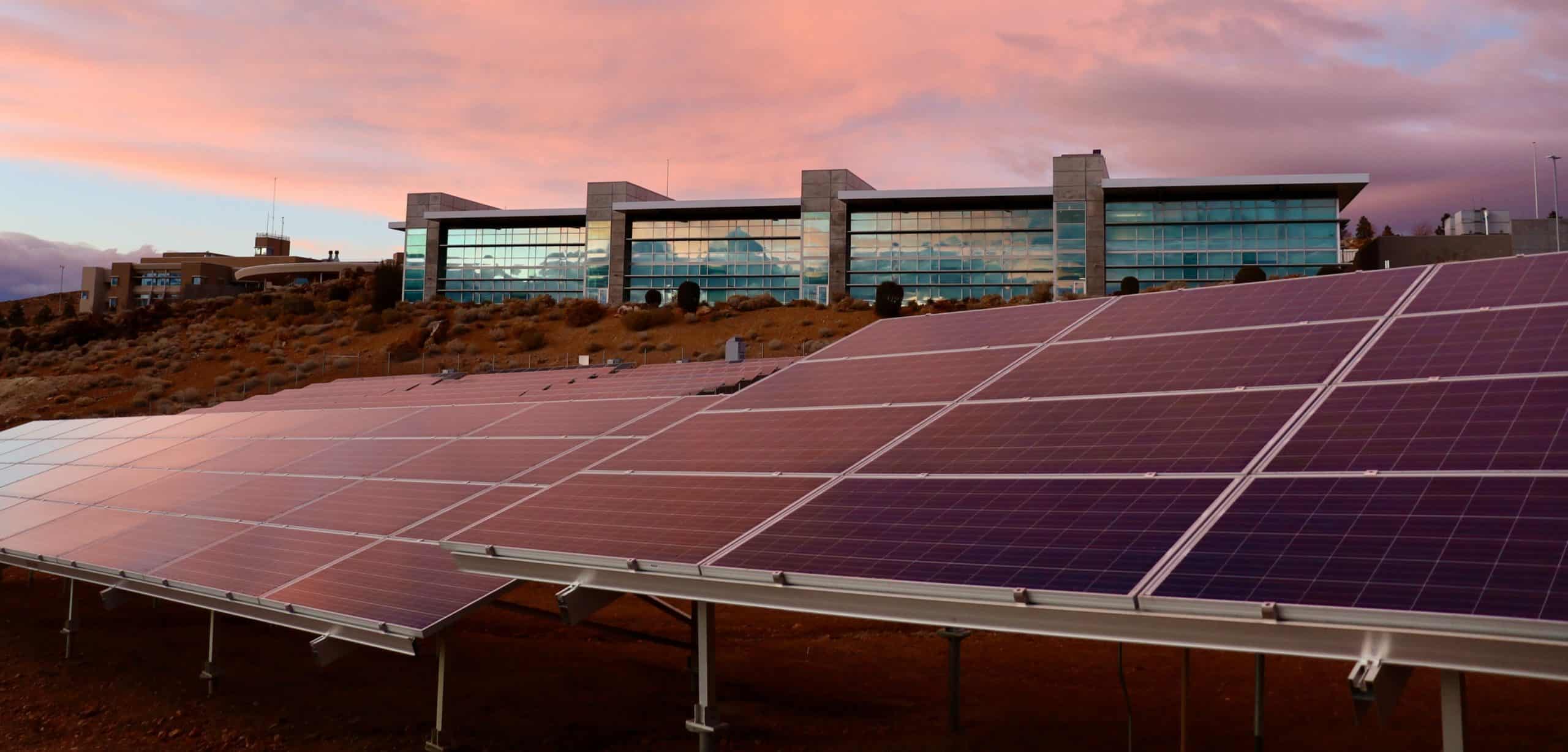Save Now, Pay Later.
With flexible payments from handypay.
Save Now, Pay Later.
With flexible payments from handypay.
Published

First, let’s talk about the big stuff; solar farms, wind farms and just the fact Australia and Tasmania is abundant in renewable energy. As I have said this many times before: we have never had an energy problem but only an engineering problem of ‘how do we fill the gaps when the sun isn’t shining or the wind isn’t blowing?’
The answer is storage and more diverse interconnecting networks.
Originally, it was thought that single large solar or wind farms would need its own storage and delivery system but that was over estimated and we only actually need a third of that storage capacity now. Australia is also a big place and when it’s cloudy or still somewhere, its sunny and windy somewhere else. So, having the ability to send energy across large distances into other states and territories as required helps reduce the latency issues.
This is where things like Bass Link and the Marinus Link come into play. Essentially, beefed up extension cords that use around 400,000 volts DC to transmit energy long distances with minimal losses.
Marinus isn’t built yet and when it is, it will unlock more renewable energy projects for Tasmania. Right now, we have a bottleneck holding the state back from capitalising on its proximity to the roaring forties.
Also hydrogen can be thrown into the mix as a potential way of harvesting energy when it’s plentiful and storing it to use later on when it it’s not.
Pumped hydro is obviously the best storage option for Tasmania as we already have the dam infrastructure in place.
Renewable energy is so cheap and getting cheaper. Storage? Not so much. But it IS getting more affordable. The forgotten side of the benefits of renewable energy is its flexibility. For example, if you build a coal plant, you design it, you build it and then use that asset until its value is depleted, and a lot of the time you are locked into the limitations of the power plant that it was initially designed with it. Things change. Demands will increase but you’re stuck trying to make something designed 50 years ago work in an environment that no longer represents what its creators ever imagined. That’s the problem with coal fired power. Technology wise its run its race even before we consider the environmental impacts of burning coal.
Solar farms can be made bigger, wind turbines can be easily added to the network, and storage can be added. Whenever the requirements change, the renewable energy infrastructure can change along with it relatively easily, as its modular by design.
Renewable is just going to win the energy war as it out competes its competitors at every level. It’s just a fact.
Flexibility is just not for big renewable energy projects, but small ones as well.
Now, this flexibility transposes over to the home owners as well, mainly those with solar systems as I don’t see a future where all have a wind turbine cranking in our backyard. We can add storage, we can add more panels, we can put in control systems that can maximise self consumption.
If you buy an electric car, we can make your solar system bigger to cope. If all loads are in the night time, we can add storage to collect energy through the day and energise your home of a night time. The products are readily available but the economics are sketchy. That will eventually change to the point that most homes will end up with a battery system of some description. We can turn loads on automatically if you are exporting heaps of solar energy to the grid for a low value and turn it into high value energy. We can add new higher power solar panels to homes with older solar panels that are lower efficiency but still have a lot of life left in them.
I guess being the new and burgeoning technology the products are built to suit today’s needs but also built for easy adaption for needs of tomorrow as everything is designed to be modular.
Nothing is much more modular than rectangular solar panels we just plug together.
So if you are interested in going solar, or exploring the option for expanding or getting the most out of the solar system you already have there has never been a better time to get the ball rolling. If you want to pop into 56 Sheffield Rd Spreyton and check out working displays we would love to see you. If you’re heading to Devonport take a moment to call in and see us. We will also be at Agfest this year so come have look for us at site 835.
Or just give us a call on 1300 502 599 and we will come to you and see what we can do.

Simple, Low Rate Green Loans

Introducing award winning finance provider, Handypay, to bring you the most Competitive, Flexible and Versatile finance solution available in the home improvement industry today!
We have partnered with Handypay so customers can access a simple, affordable green loan for their solar panels and home batteries. Get a no-obligation quote and pre-approval in minutes, not weeks.
DMS Energy strives to Honestly, Ethically and Accurately assist Tasmanians to meet their energy reduction goals.
DMS Energy have advised countless locals on the right energy solutions for their home’s and business’s.




DMS Energy are not your typical energy efficiency salesmen! We are long time locals offering expert advice on solutions that are tailored to your individual needs. Talk to one of our experts today.